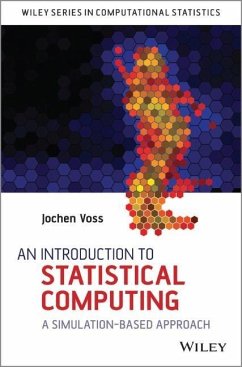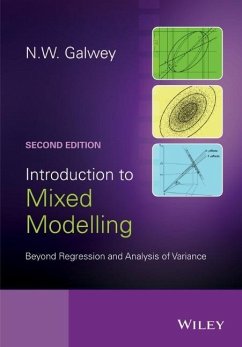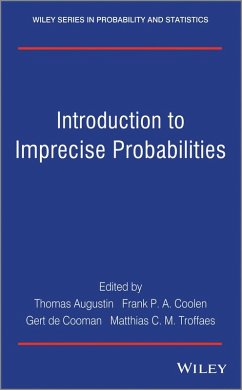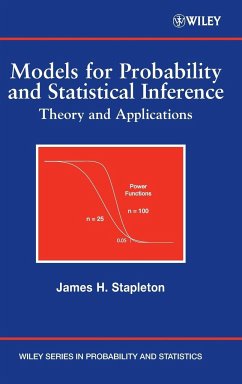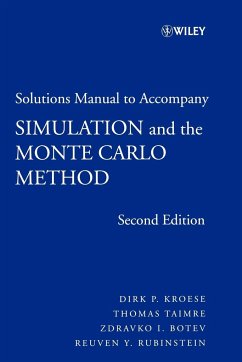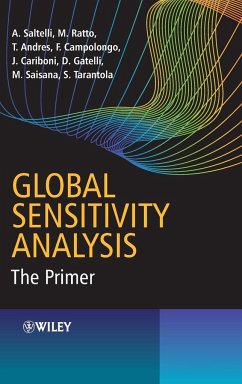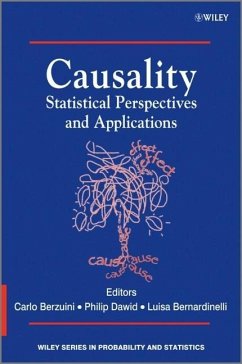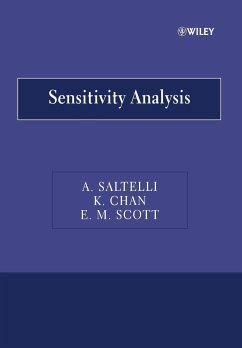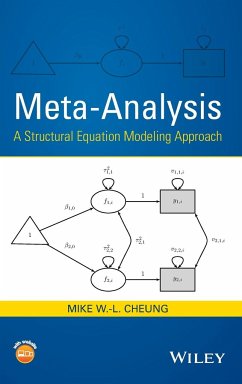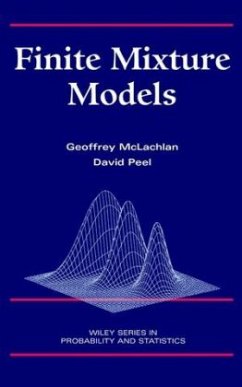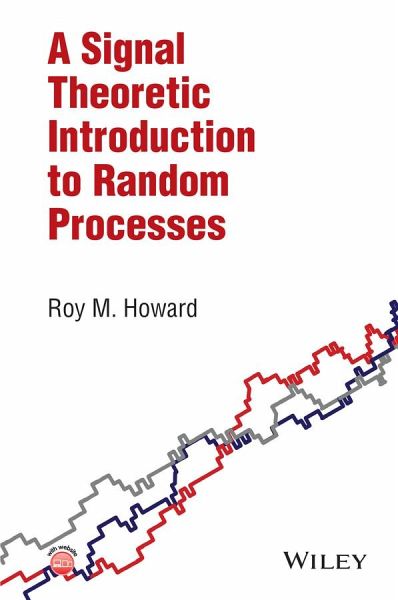
A Signal Theoretic Introduction to Random Processes
Versandkostenfrei!
Versandfertig in über 4 Wochen
127,99 €
inkl. MwSt.
Weitere Ausgaben:

PAYBACK Punkte
64 °P sammeln!
A fresh introduction to random processes utilizing signal theoryBy incorporating a signal theory basis, A Signal Theoretic Introduction to Random Processes presents a unique introduction to random processes with an emphasis on the important random phenomena encountered in the electronic and communications engineering field. The strong mathematical and signal theory basis provides clarity and precision in the statement of results. The book also features:A coherent account of the mathematical fundamentals and signal theory that underpin the presented materialUnique, in-depth coverage of material...
A fresh introduction to random processes utilizing signal theory
By incorporating a signal theory basis, A Signal Theoretic Introduction to Random Processes presents a unique introduction to random processes with an emphasis on the important random phenomena encountered in the electronic and communications engineering field. The strong mathematical and signal theory basis provides clarity and precision in the statement of results. The book also features:
A coherent account of the mathematical fundamentals and signal theory that underpin the presented material
Unique, in-depth coverage of material not typically found in introductory books
Emphasis on modeling and notation that facilitates development of random process theory
Coverage of the prototypical random phenomena encountered in electrical engineering
Detailed proofs of results
A related website with solutions to the problems found at the end of each chapter
A Signal Theoretic Introduction to Random Processes is a useful textbook for upper-undergraduate and graduate-level courses in applied mathematics as well as electrical and communications engineering departments. The book is also an excellent reference for research engineers and scientists who need to characterize random phenomena in their research.
By incorporating a signal theory basis, A Signal Theoretic Introduction to Random Processes presents a unique introduction to random processes with an emphasis on the important random phenomena encountered in the electronic and communications engineering field. The strong mathematical and signal theory basis provides clarity and precision in the statement of results. The book also features:
A coherent account of the mathematical fundamentals and signal theory that underpin the presented material
Unique, in-depth coverage of material not typically found in introductory books
Emphasis on modeling and notation that facilitates development of random process theory
Coverage of the prototypical random phenomena encountered in electrical engineering
Detailed proofs of results
A related website with solutions to the problems found at the end of each chapter
A Signal Theoretic Introduction to Random Processes is a useful textbook for upper-undergraduate and graduate-level courses in applied mathematics as well as electrical and communications engineering departments. The book is also an excellent reference for research engineers and scientists who need to characterize random phenomena in their research.




